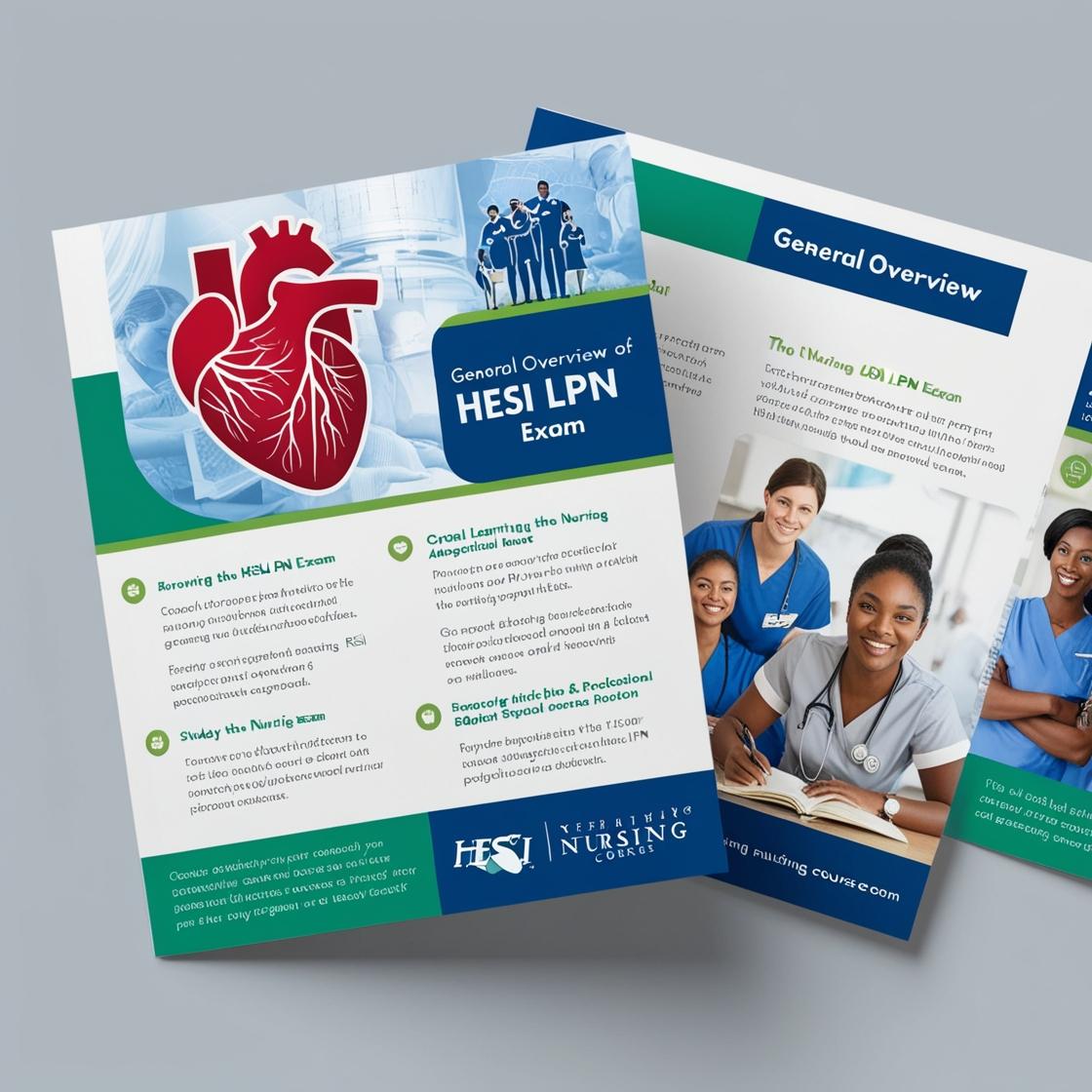HESI LPN
Medical Surgical Assignment Exam HESI Quizlet
1. A client with type 1 diabetes mellitus is experiencing nausea and vomiting. What is the most important instruction the nurse should provide?
- A. Stop taking insulin until feeling better
- B. Increase fluid intake to prevent dehydration
- C. Consume high-carbohydrate foods only
- D. Check blood glucose levels frequently
Correct answer: D
Rationale: The correct answer is to instruct the client to check blood glucose levels frequently. During illness, such as nausea and vomiting, managing blood glucose levels is crucial in clients with type 1 diabetes mellitus. Monitoring blood glucose levels frequently helps in adjusting insulin doses appropriately, preventing complications like hyperglycemia or hypoglycemia. Choice A is incorrect because stopping insulin abruptly can lead to serious complications. Choice B is important but not the most critical in this scenario. Choice C is incorrect as high-carbohydrate foods may further affect blood glucose levels negatively.
2. A young female client with 7 children is having frequent morning headaches, dizziness, and blurred vision. Her BP is 168/104. The client reports that her husband recently lost his job and she is not sleeping well. After administering a STAT dose of an antihypertensive IV med, which intervention is most important for the nurse to implement?
- A. Measure urine output hourly to assess for renal perfusion
- B. Request a prescription for pain medication
- C. Use an automated BP machine to monitor for hypotension
- D. Provide a quiet environment with low lighting
Correct answer: C
Rationale: Using an automated BP machine is crucial to continuously monitor for hypotension after administering an antihypertensive medication. This is essential to prevent a rapid drop in blood pressure that could lead to complications. Measuring urine output hourly to assess for renal perfusion is important but not the most immediate concern in this situation. Requesting pain medication is not relevant to the primary issue of managing blood pressure. Providing a quiet environment with low lighting may be beneficial for the client's overall well-being but is not as critical as monitoring for potential hypotension.
3. A male client with heart failure calls the clinic and reports that he cannot put his shoes on because they are too tight. Which additional information should the nurse obtain?
- A. What time he took his medication?
- B. Has his weight changed in the last several days?
- C. Is he still able to tighten his belt buckle?
- D. How many hours he slept last night?
Correct answer: B
Rationale: The correct answer is B: 'Has his weight changed in the last several days?' Sudden weight gain can indicate fluid retention, which is a common symptom of worsening heart failure. The inability to put on tight shoes can be due to fluid retention leading to swelling in the feet and ankles. Choices A, C, and D do not directly address the potential fluid retention issue and are less relevant in this scenario.
4. A client who is newly diagnosed with emphysema is being prepared for discharge. Which instruction is best for the nurse to provide the client to assist them with dyspnea self-management?
- A. Allow additional time to complete physical activities to reduce oxygen demand.
- B. Practice inhaling through the nose and exhaling slowly through pursed lips.
- C. Use a humidifier to increase home air quality humidity between 30-50%.
- D. Strengthen abdominal muscles by alternating leg raises during exhalation.
Correct answer: B
Rationale: The correct answer is B. Instructing the client to practice inhaling through the nose and exhaling slowly through pursed lips can help improve oxygenation and reduce dyspnea. This technique, known as pursed lip breathing, can help regulate breathing patterns and decrease the work of breathing in clients with emphysema. Choice A is incorrect because allowing additional time for physical activities does not directly address dyspnea management. Choice C is incorrect as using a humidifier, although beneficial for respiratory conditions, does not specifically assist with dyspnea self-management. Choice D is also incorrect as strengthening abdominal muscles through leg raises does not directly target dyspnea relief.
5. What could suddenly occur in a child with acute epiglottitis?
- A. Increased carbon dioxide levels
- B. Airway obstruction
- C. Inability to swallow
- D. Bronchial collapse
Correct answer: B
Rationale: In acute epiglottitis, the infected epiglottis becomes inflamed and can lead to sudden airway obstruction, which is a life-threatening emergency. This can cause difficulty breathing and necessitates immediate intervention to secure the airway. Increased carbon dioxide levels may occur due to inadequate ventilation resulting from airway obstruction, but the primary concern is the obstruction itself, not the carbon dioxide levels. Inability to swallow may be present due to pain and swelling in the throat but is not the immediate life-threatening complication associated with acute epiglottitis. Bronchial collapse is not a typical consequence of acute epiglottitis.
Similar Questions

Access More Features
HESI LPN Basic
$69.99/ 30 days
- 50,000 Questions with answers
- All HESI courses Coverage
- 30 days access @ $69.99
HESI LPN Premium
$149.99/ 90 days
- 50,000 Questions with answers
- All HESI courses Coverage
- 30 days access @ $149.99
